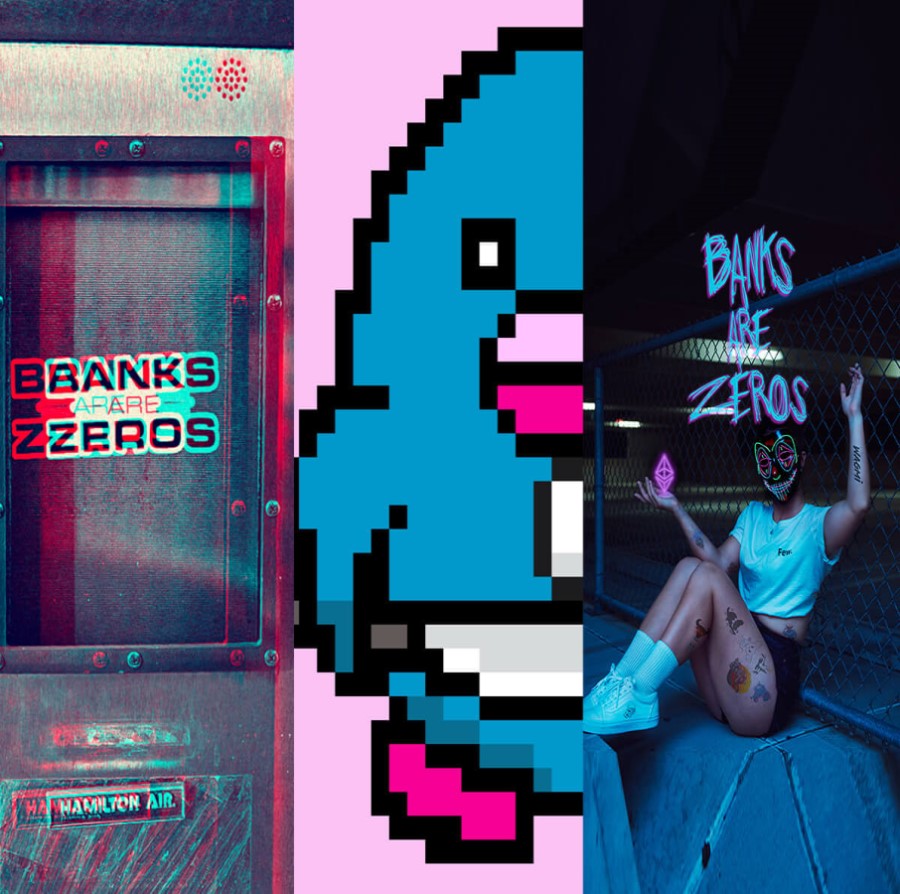CBDC developments are happening in the background at full scale. Since the research has started with 60 central banks in 2014 we are now in a world with CBDCs being used, research, piloted, and in development. Since the start of the year we have had a lot of considerable developments. These are the key updates.
The US
The FED released the Digital Dollar, the US CBDC paper, Money and Payments: The U.S. Dollar in the Age of Digital Transformation and January 20. The focus on the paper covered the pros and cons of a US Digital Dollar and how it could serve as a complement to the current system.
The paper at the time had no concrete statement on whether or not the FED planned to move forward on a CBDC, however that question at the time was more of a matter of when. The Board of Governors includes several statements and findings of the increased efficiency and effectiveness of a digital dollar. The CBDC must be privacy-protected, intermediated, widely transferable, and identity-verified.
In February, the Boston Fed and MIT in their Digital Currency Initiative laid out the findings of phase one of “Project Hamilton” – a project on the scalability, speed and resilience of a CBDC . On March 9, the Biden administration signed an executive order on digital assets.
The recent “Executive Order on Ensuring Responsible Development of Digital Assets” was released on March 10. To Summarize the executive order, the US is currently headed into a more rapid phase of developing a digital dollar. The Federal Reserve was again directed to continue the research and development of a digital USD.
Throughout the article phrases like “the rise of digital assets”, “increased use of digital assets”, and “adoption of digital assets” occur 18 different times. An acknowledgement of both the institutional and individual adoption of crypto that has been on display these past few years. Setting up the US for leading financial innovation is a common theme found in the document. They’re behind in CBDC development, but have been more welcoming in terms of supporting crypto innovation with an emphasis on AML/KYC.
A Bill proposed in the United States House of Representatives asked for the United States Treasury to develop an alternative, a proposal for a “digital equivalent” to physical dollars, E Cash. The E-Cash Act was drafted then released on March 29, lead by Rep Stephen Lynch (D – Mass) as the Electronic Currency and Secure Hardware Act (ECash Act/H.R. 7231). The E Cash Act serves to preserve anonymity and privacy.

Project Hamilton is another CBDC project that shares the same innovative direction for the USD. This multi-year project deals with more of the technical challenges CBDC development faces. The most important being interoperability of CBDC payments systems, and networks.
A primary example of this being the Corda Network. The Corda Network was created as part of Project Dunbar where the central banks of Australia, Malaysia, Singapore, and South Africa operated and completed international settlements. The network used distributed nodes over a system where CBDC applications were used.
An explanation of Project Hamilton from the team is below. Project Hamilton began in 2020 and this past February the Boston FED and MIT had a successful joint test run. It’s also worth noting that the Boston FED and MIT have also been assisting the Bank of England and the Bank of Canada with their CBDC projects.
“a multiyear research project to explore the CBDC design space and gain a hands-on understanding of a CBDC’s technical challenges and opportunities. This paper presents the project’s Phase 1 research. Our primary goal was to design a core transaction processor that meets the robust speed, throughput, and fault tolerance requirements of a large retail payment system. Our secondary goal was to create a flexible platform for collaboration, data gathering, comparison with multiple architectures, and other future research.”
Federal Reserve Bank of Boston
Project Hamilton is broken into two phases at the moment. Phase one is the basics. Aiming to achieve reliability and executing transactions. Building a product that is resilient and built for complex demands. In Phase two the focus on developing Project Hamilton is security, programmability, auditability, and “privacy.”
The EU
“In a speech before the European Parliament on Wednesday (March 30), Fabio Panetta, member of the board of the European Central Bank (ECB), said that several central banks around the world, including the Federal Reserve, the Bank of England (BOE) and the ECB, are discussing how to align their projects to have interoperable central bank digital currencies (CBDCs).”
pymnts.com
The plan for the CBDC, Digital Euro, came from the European Central Bank (ECB) last June. The ECB reported the need for cash to coexist with CBDC’s and for a need to expand the scope of the central banking operations. The aim for the digital Euro is simple, the want the Digital Euro to be general purpose, both at the retail and wholesale ends.

Announced after their report, “The International Role of the Euro“. The article explains how the CBDC would work to maintain “autonomy of domestic payment systems and the international use of a currency in a digital world.” Christine Lagarde predicted a CBDC would launch within 4 years at the release of the paper, that was 11 months ago. The following month the ECB launched a research and investigative 2 year project for the Digital Euro.
This project includes prototypes on both retail and wholesale Digital Euros. The focus, again is on interoperability. The investigation began October 11 to test how a Digital Euro would impact current financial system and how it wouldn’t jeopardize the industry. Hint: Banks are Zeros.
Russia
The Digital Ruble is the current active CBDC pilot in Russia. The pilot started last month just 2 years after their initial address in October 2020 about the possibility of a Digital Ruble. Then September 2021 Elvira Nabiullina, Governor of the Bank of Russia, announced they would begin the testing of a digital ruble this year.
The pilot involves 12 other banks as part of their “test run”. The plan is for a real pilot to run in 2023 involving parts of the economy. The Bank of Russia also said their Digital Ruble would also enable them to be less dependent on the USD giving them a chance to mitigate the economic sanctions.
Chair Elvira Nabiullina announced in the State Duma.
We quickly created a prototype of the digital ruble, now we are already testing with banks. Next year, we will pilot settlements in the real economy.
Elvira Nabiullina
China
The world’s first major economy to pilot a CBDC. The pilot program now, after the success in the Beijing Olympics, is now operational across 11 regions in China. This pilot of the Digital Yuan ( e – CNY) and the wallet, developed by the PBOC, has been a huge success. It was the most downloaded application the week it released on Apple and Android App Stores. In total over 260 million wallets have been opened.

A New System
A large deal of the concern with Central Bank Board’s and a CBDC is how they’re going to be implemented. This and the policy issues and interoperability between private and public use cases is what they’re focused on. This is going to involve: B2B, P2B, & P2P transactions. The secure and immutable technology that was introduced by cryptocurrencies gave light to the idea that it could enable better monetary policy and bring more banking services to the ~1.7 billion unbanked people in the world. They are currently considering and measuring how all of this is going tom work moving forward. How are they going to seamlessly integrate this into ongoing financial services and work it alongside their current rails?
They know the future is 24/7, they need to find a way to remain competitive. The growing demand for crypto called for the innovation of a CBDC. This growth called for newer and more efficient technology. The old system and it’s never ending line of inefficient operations is outdated. This new system in the pilot stages as seen in China, Russia, and Project Dunbar have already created much easier financial access and frictionless payment methods. Primary example being those (beta version) Digital Yuan Wallets in China.
Currently, there are 87 countries around the world (making up over 90% of that global economy) pursuing CBDC projects in many different stages. For example, Sweden’s Riksbank is planning an electronic version of its official currency krona, called e-krona, to facilitate the development of an alternate payment system after a decline in the use of cash in the country. Within the United States, the introduction of CBDCs in the monetary system is being developed to improve the domestic payments system.
Conclusion
There is a lot to say about CBDCs. The technology is going to advance many facets of life and change the entire financial system, again which is why developments are taking years.
Many downsides are the in forefront of the concerns of citizens. There are now 9 countries with fully operational CBDCs and 14 countries, like Russia, South Korea, and China, in a pilot stage. The developments are much further ahead than they were 2 years ago. The speed at which the financial system is changing is difficult to keep up with.
More CBDC updates to come in the future.










